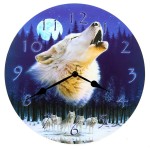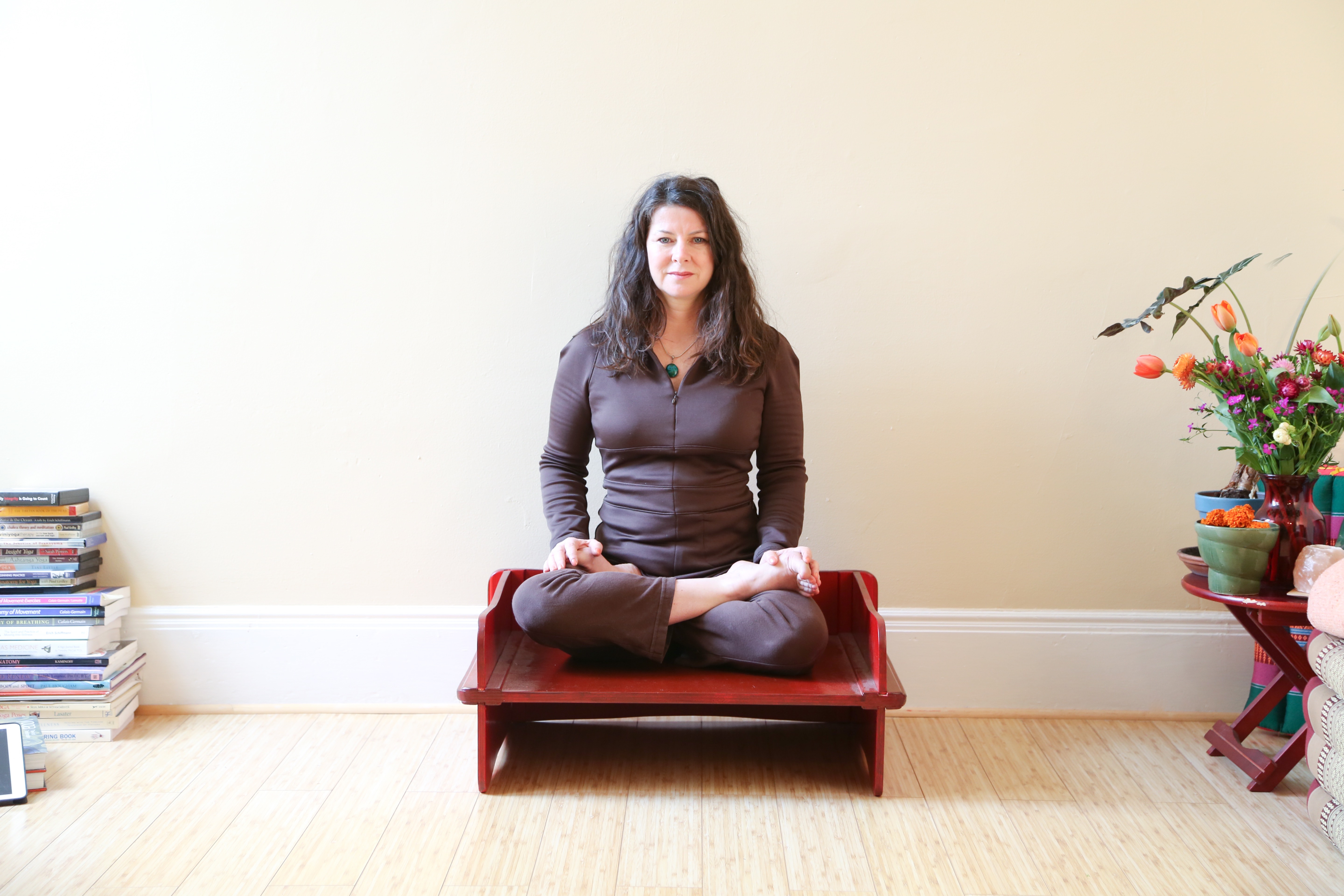 As we know, meditation practice involves training in methodology and deepens with practice.
As we know, meditation practice involves training in methodology and deepens with practice.
Ultimately, though, meditation is a state of freedom. We always have permission to explore, to let it run loose.
At some point in our meditative life, we allow ourselves to wander into the unchartered wilderness of our practice.
This post is about the benefits of wandering and risk taking– letting go of the safe, reliable meditation practices we have trained ourselves in.
Isn’t wandering the wilderness like the aimless drifting we seek to avoid in practice? Maybe.
We know the linguistic difference between exploring and drifting. Perhaps we can find the experiential difference between them as well. Once our meditative foundations are solidified, we are “tagged” so to speak. Being “tagged” means being ready to experiment with a wider lens, to expand our territories beyond our safe zone, to roam freely and learn.
The value of wandering is not always immediately apparent. In fact, the result might seem disasterous.
So-called “failed” experiments are actually very informative if we don’t get bummed out and dismiss the whole attempt.
We might get lost, but not forever. We are tagged and are tracked. There is no “pass’ and “fail” anyway, only an ever-unfolding process.
The most effective tracking device is already implanted at birth: our own inner teacher and guide. Our inner teacher becomes more sophisticated right along with our survival skills. The reliance on technique naturally decreases with time and experience. The need to roam increases.
The inner teacher roams freely while skillfully exploring with interest and honesty. There is a sense of what to linger with and what to simply acknowledge and move on from. How to safely navigate through rough patches and how to avoid attachment to the pleasant places. Habits are recognized, and not necessarily eliminated, but somehow approached within each moment.
We learn about ourselves. Our practice becomes increasingly our own. Life becomes more authentic.
We all have “pet” meditative habits. How often do we tell ourselves we can focus only under certain conditions– only in class, with this kind of sound or silence, on this cushion- or best at this time of day, etc. We can cling to our pet habits in the name of practicing “well.”
We don’t recognize the habit because we never try to practice outside of its limitations. Then, we get bored, feel stuck in a rut, fall out of our routine and make excuses about why we have quit.
As beginners, we create a safe zone to help us focus and cultivate better habits. However, we don’t eliminate our wilder parts by avoiding them.
They continue to transform within us and affect us– entirely outside of our awareness- unknown, unprotected, uncultivated. Perhaps to our eventual detriment.
So, we trust in our meditative process and step out of our well worn groove of habitual practice. We willingly risk stumbling, becoming confused, tired, agitated, angry. We allow our ego a chance to feel threatened.
In more insecure moments, we doubt ourselves and the process and want to return to the safe zone where we meditate “well.” However, we might opt to continue the exploration- despite the awkwardness- because this IS the process. Sometimes we fumble our way through the thicket to eventually discover (though maybe not the first few times we try) a new way to experience practice.
The further we go into the wild, the more likely we are to encounter the meditative version of scary animals.
Issues that we have not dealt with and/or would rather not confront can appear. We sometimes elude these unwanted visitors for awhile.
We’ve all experienced the endless struggle with “predatory” thoughts and feelings that seize us repeatedly. Our instinct is to wrestle them into submission or chase them away.
These predators can be trivial yet really annoying critters- like an unimportant thought that circles our mind– or a larger beast, like an old wound (or habit) we are trying to heal or overcome in the longer term. As with real wild animals, how we react to these inner creatures determines how safe we are and how soon we are rid of them.
However, they are our own beasts. We can be like Tarzan, make friends with them over time, maybe instantly. For better or worse. This is often referred to as “Feeding our Demons,” tending to our needs rather than trying to eliminate or ignore them like an enemy.
We practice being with them cautiously– as a skill– rather than just reacting and becoming afraid. We listen to these would-be enemies the way we listen to underdogs or outcasts as they us ask for much needed attention. (Love. Compassion. Wisdom)
Mostly, we find that the inner wilderness is quite benign. When we proceed with confidence and awareness, experience off the beaten track can provide respite and serenity. Maybe we find a lot of familiar things and feel reassured.
Maybe we want more. We need intrigue and adventure. We sometimes find a very unfamiliar experience that after closer observation is actually quite tame.
Some days are just not very profound. So we don’t leave our familiar practice looking for drama, inviting chaos or expecting anything. Why would we enter an experiment with any expectation whatsoever?
We have the assurance that a seemingly “mundane” practice is as beneficial as an eventful one. Quiet, subtle lessons are as plentiful and valuable as dramatic ones.
Our inner wild needs us as much as we need it. Whether or not we find the journey adventurous, we are lead to our most remote forms of wisdom and return to see our manicured inner lawn with new insight.
The unchartered regions of self are very precious, delicate resources that can potentially nourish our more cultured, familiar self.
Try this. Next time you go to meditate in the safe, manicured way of habit, remember that the trusted technique is training for the day when you are tagged and are ready to practice outside of the usual field of experience.
Or just try it now. Maybe you have been doing this for sometime, having instinctively found your way to the wilderness and back.
Return as often as possible. There is always something else to discover.
We are so much more than we can ever know.
Namaste.

